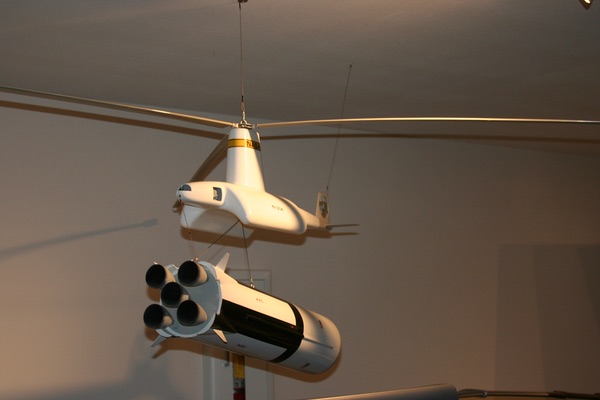But the bigger news was that NASA selected SpaceX as one of three companies that will develop lunar landers. Of course, the SpaceX lander will be based on Starship.
On April 30th, NASA announced that SpaceX had won $135 million to design and build a highly-customized variant of its reusable Starship spacecraft with the intention of launching a handful of space agency astronauts to the Moon in the mid-2020s. Whether or not that initial seed translates into enough funding to seriously design and build the ship SpaceX has shown off in new renders, it has already broken the ice, so to speak, between the US federal government (or at least NASA) and the company’s ambitious next-generation launch vehicle.What isn't clear from the announcement is just how revolutionary this could be in terms of reducing the cost of putting cargo on the moon. Everyday Astronaut has produced a comparison of Starship and NASA's Space Launch System. Even with very conservative assumptions, Starship would be more than an order of magnitude cheaper than SLS.
Finally, if this proposal had been adopted, we could have had a reusable Saturn V first stage in the 1960s.Falcon Heavy can get a kilogram to the Moon for around $10,000 whether in reusable or expendable mode. The Saturn V is about $25,600 per kg. SLS’ best-case scenario for Block 1 once they stabilize production is around $31,500 per kg. For Block 1B, it looks significantly better at about $20,000 per kg. Starship at a single $100 million launch cannot do a TLI burn. Therefore, it will take two extra Starship refueling launches to perform such a burn. That would make the total cost $300 million. Refueled, it can send a 156-tonne payload to TLI. So, Starship’s cost per kilogram would end up costing about $2,000.Those are some very preliminary costs and they make a lot of assumptions. In case you could not tell, we are intentionally sandbagging Starship. This is just in case the per launch price is way too optimistic. It is still by far the most economical thing on the chart.
A giant helicopter, with a rotor diameter bigger than the length of a football field, capable not only of transporting a Saturn V S-1C first stage, but of actually catching it in midair as it fell on a parachute. Strike that: it did not border on insane, it was insane.
That would have been something to see.Of course, they never built their monster helicopter. They never even got money to study it. Their proposal, even if it had not been totally crazy, came at exactly the time that NASA’s budget was cresting its peak and about to head down, both because the agency had made its initial capital investments, like the launch pad facility at Cape Canaveral, and because Lyndon Johnson needed the money for other things and his budget chief recognized (correctly) that there was a lot of fat in the NASA budget. All that is left of Hiller’s proposal is a formerly working model in the company’s museum and the original unsolicited proposal submitted to NASA. Ken Spence built that model.

No comments:
Post a Comment